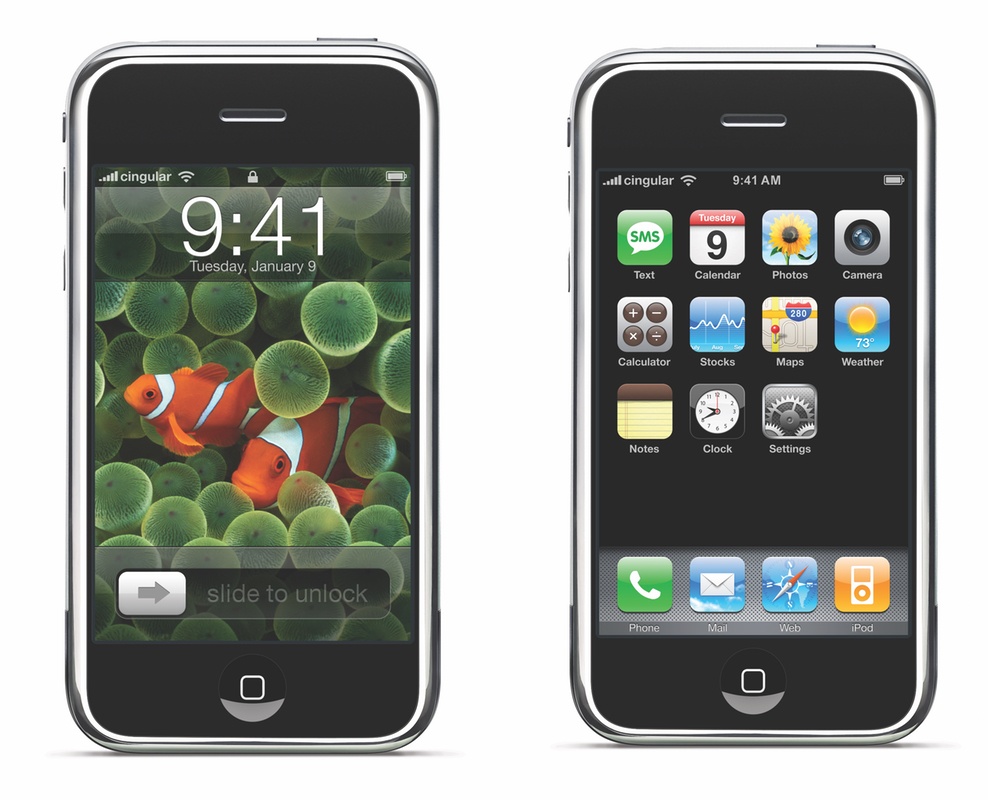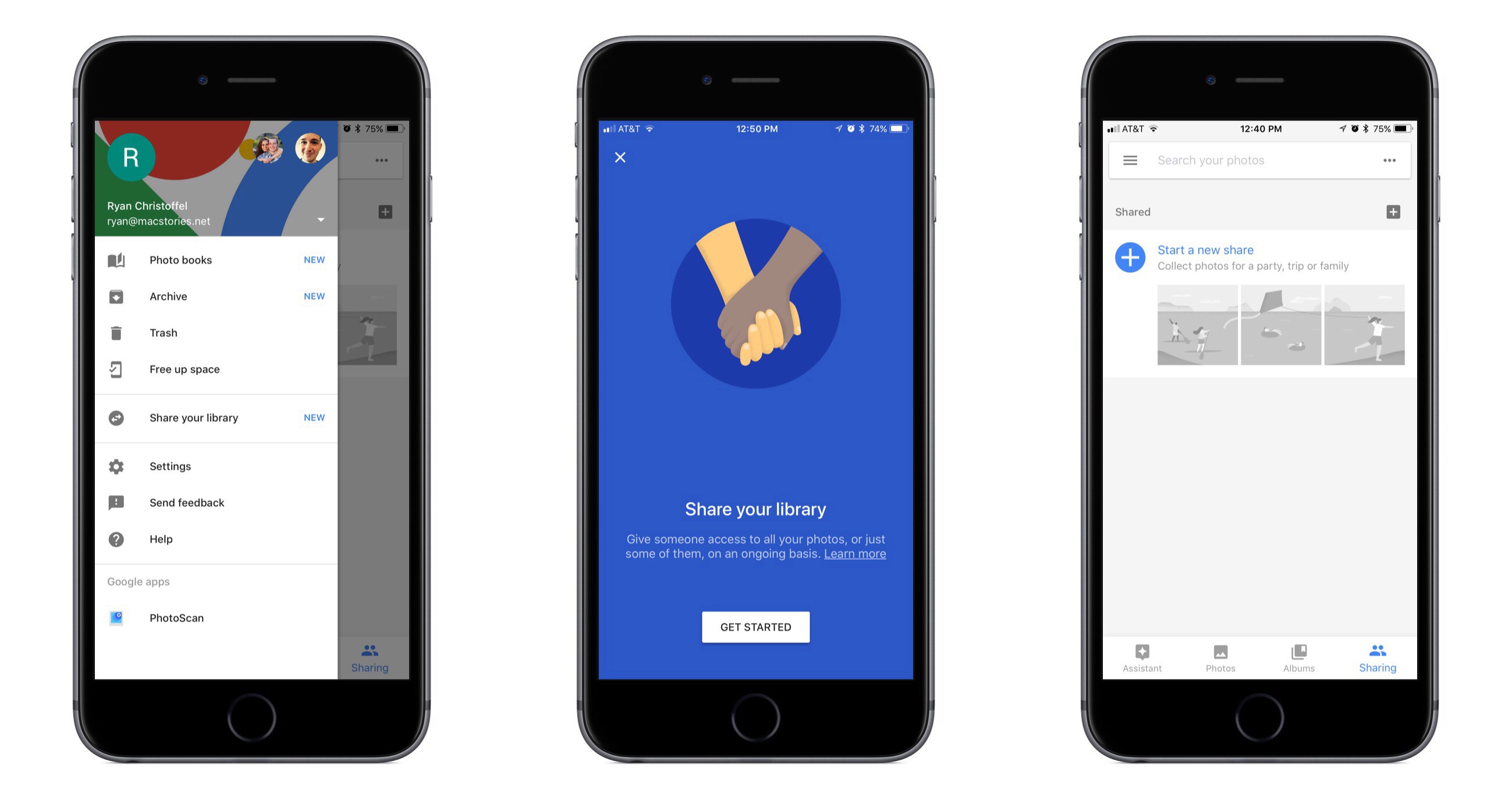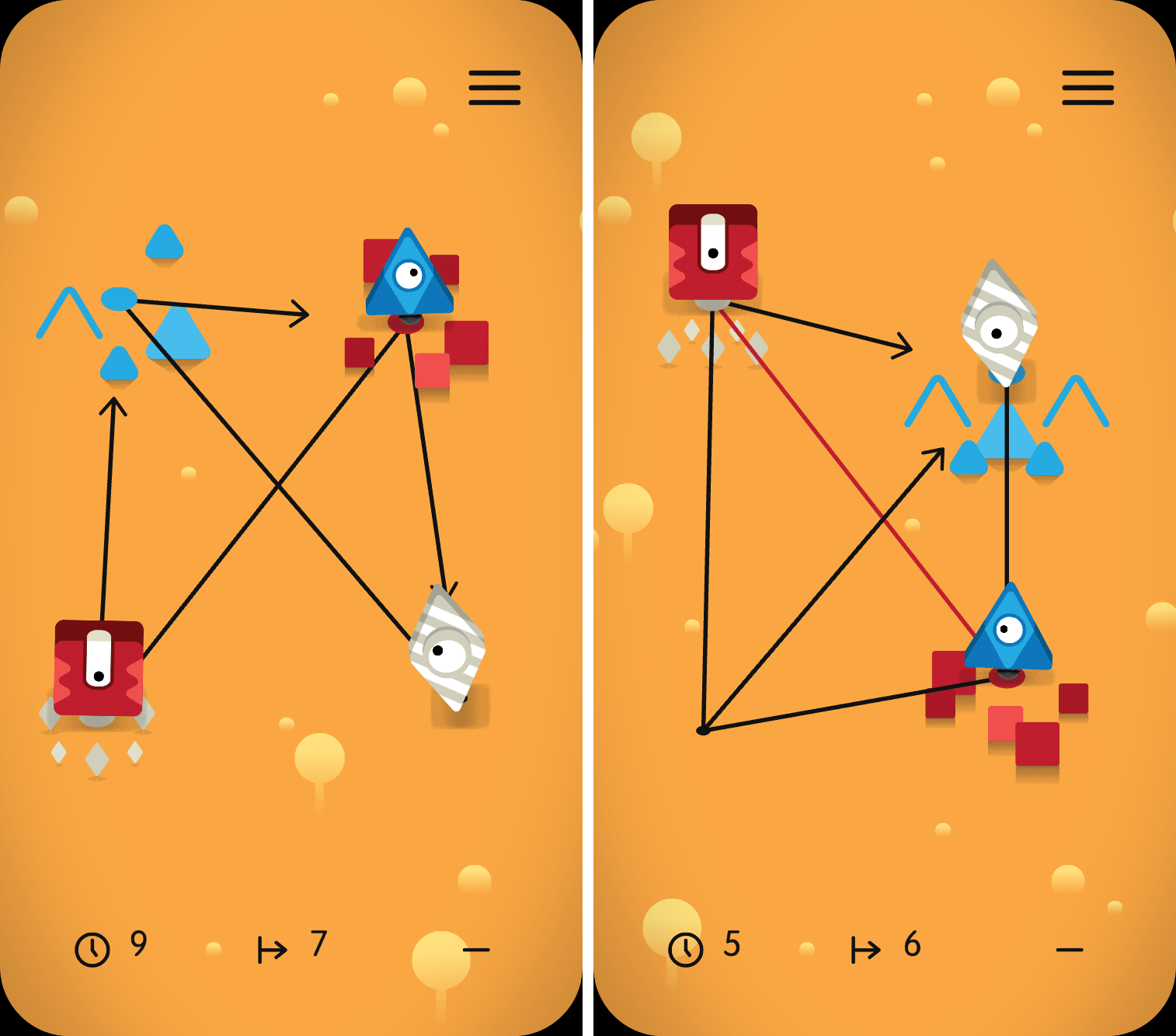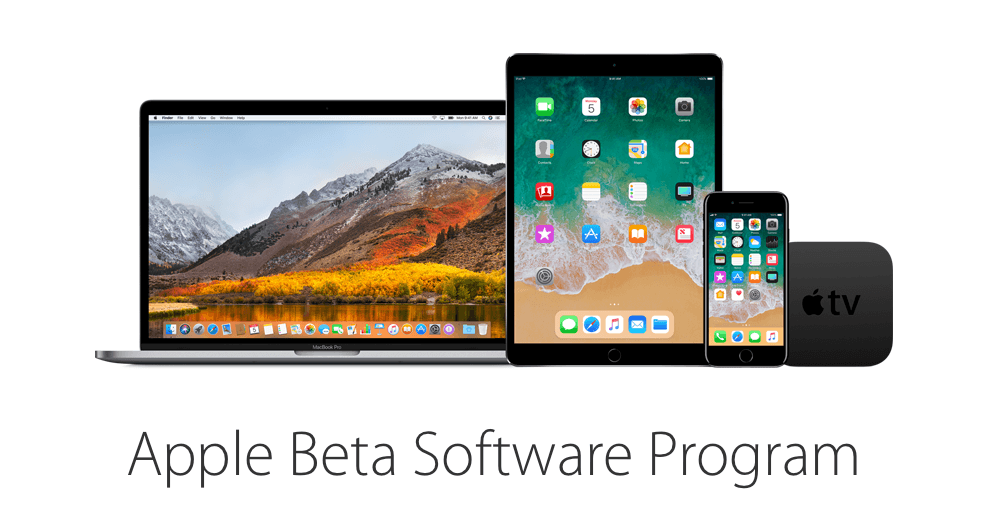Author’s Note: When the iPhone was introduced in January 2007 at Macworld Expo, it was billed as a 3-in-1 device by Steve Jobs – a widescreen iPod with touch controls, a revolutionary mobile phone, and a breakthrough Internet communications device. The first two points were met with loud applause. Jobs was promising a better iPod and mobile phone – two things everyone understood and could get behind.
The third selling point - a breakthrough Internet communications device – was met with confused reactions. What did he mean? The answer was more broad and profound than the obvious candidates like email, SMS, or web browsing. The iPhone was a full-blown Internet-connected computer that you could put in your pocket and take with you wherever you went.
I don’t know of any product that’s had a bigger impact on so many people’s lives. Whether at work or play, the iPhone created opportunities big and small that were not possible before its launch. With a groundbreaking touch interface and intuitive design, the iPhone democratized technology and empowered people on a far greater scale than the desktop PC has managed by connecting people across the globe in a new and powerful way.
It’s hard to believe it’s been 10 years since the iPhone launched. I wasn’t there to review the iPhone when it debuted, and neither was anyone else at MacStories. Ten years ago, the founding of MacStories was still almost two years away, and I was in Adelaide, Australia visiting family.
I vividly remember staying up late in Australia to read the early reviews of the iPhone on the nearly useless WAP browser of my work-issued BlackBerry. I didn’t write about the iPhone then, so to mark the occasion of the 10th anniversary of its launch, I brushed off those old memories and wrote what I would have written in 2007.
Let’s go back in time.
The long wait is finally over. Just over six months ago, Steve Jobs took the stage at Macworld Expo to announce three products:
- a widescreen iPod with touch controls;
- a revolutionary mobile phone, and;
- a breakthrough Internet communications device.
What? Three new products in one keynote? No, not three devices – one. On January 9, 2007, after years of rumors and speculation, Steve Jobs introduced the world to the iPhone.
Jobs took the iPhone through its paces at Macworld, thrilling the crowd with feature after feature. It seemed impossible. How could OS X fit into a phone? Was Safari on the iPhone as full-featured as on OS X? Macworld raised as many questions as it answered.
It didn’t help that the iPhone wouldn’t launch until June. There were no more demos, no hands-on time for the press, just the iPhone encased in a transparent tube on the show floor for visitors to gawk at.
In the past few months, some of the press took to calling the iPhone the ‘Jesus Phone’ for its promise of salvation from WAP browsers and the broken UIs of self-proclaimed smartphones. With the launch of the iPhone today at 6:00 pm Eastern, just one day before the end of the promised June delivery deadline, we can finally judge whether the iPhone is five years ahead of any other mobile phone as Jobs proclaimed in January.
Of course, it’s impossible to judge where the smartphone market will be in five years. However, measured against the hype at Macworld, the answer seems to be yes, the iPhone does deliver, though not without some caveats and many risks that could limit its adoption by consumers. For early adopters willing to pay the price and live with some rough edges, though, the iPhone is far ahead of every other available option.













